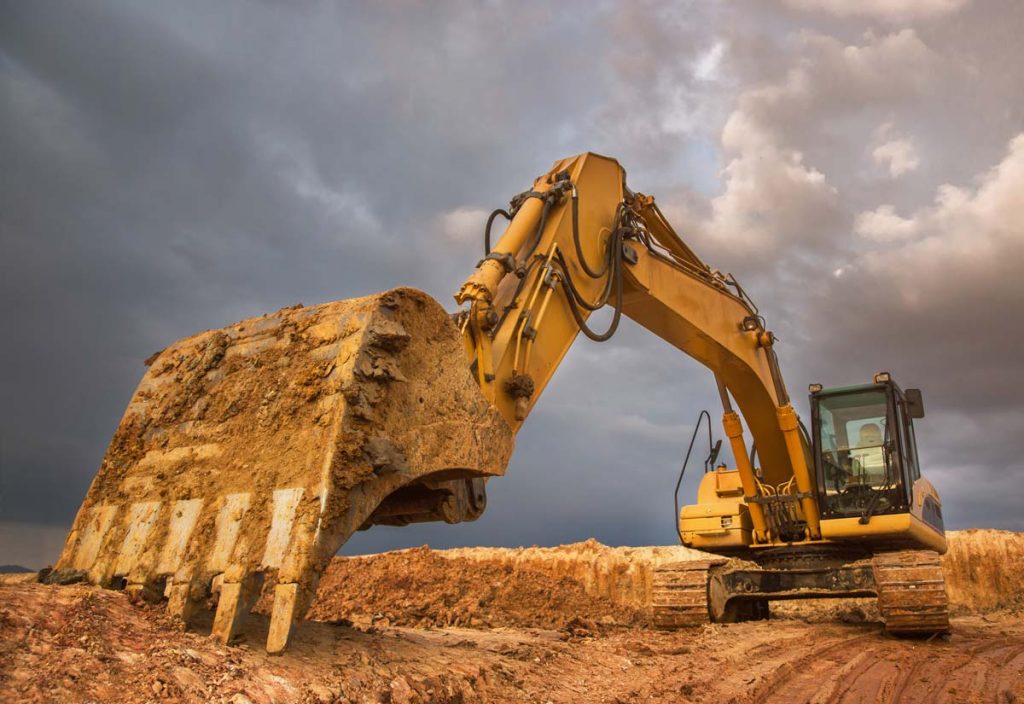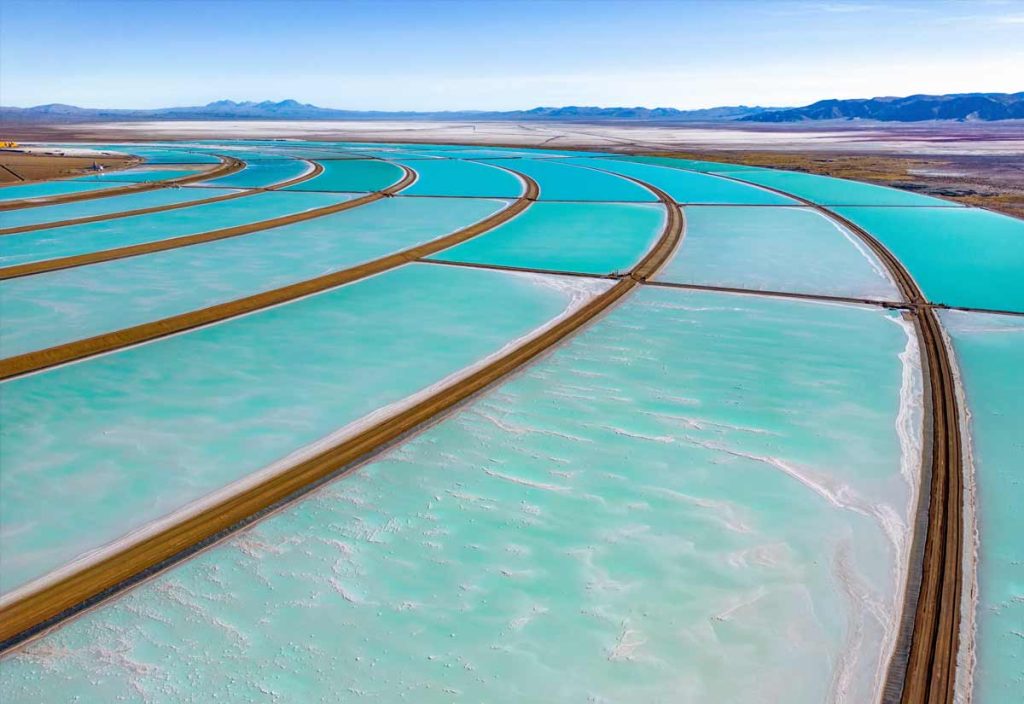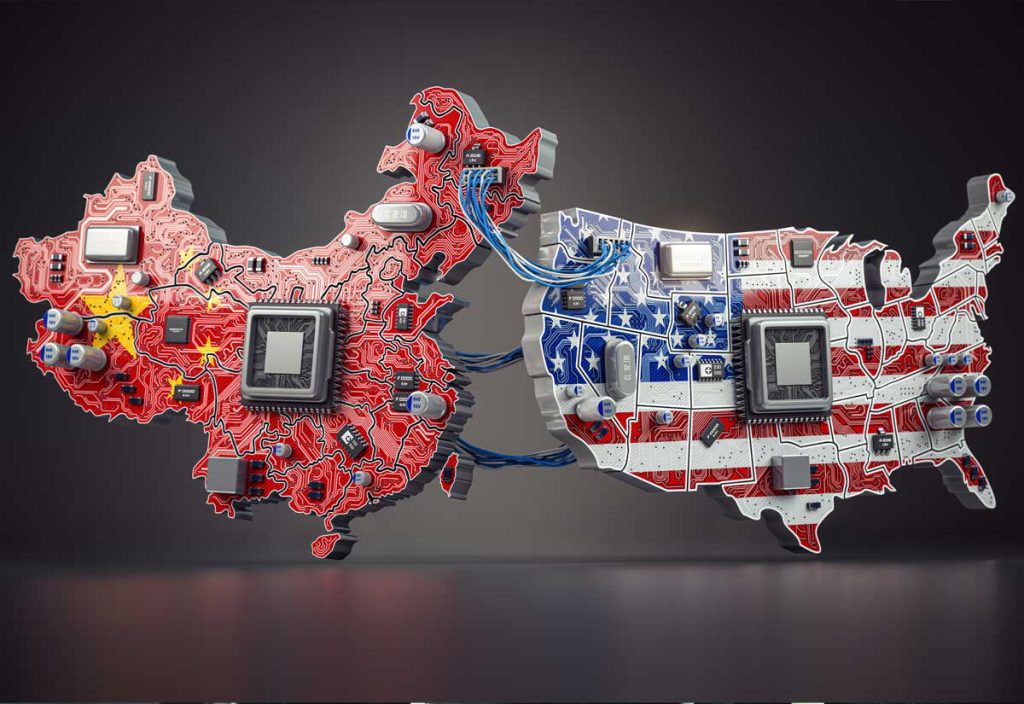Innovation Watch at Resource Erectors Part 3
At Resource Erectors the 5G rollout has been one both we and the mining industry have been anticipating for years now if not for decades. As far as innovations go, the 5G private network rollout is the tech story of 2021, especially for “smart” industrial applications.
As they say, “The future is now”. Especially if you talk to the 5G providers at Nokia, MTS, and Ericsson, all of whom are offering a smorgasbord of 5G private network solutions for mining, manufacturing, energy, and any other industry you can think of.
Nokia has already partnered with San Diego Gas & Electric. SDG&E is set to be the first U.S. utility to deploy a private network for field applications such as inspection and neutralization of power lines, metering, and video file sharing.
While many industrial sectors, particularly mining and civil construction have come under fire for “lagging behind” in the inevitable digital transformation of what many call “Industry 4.0”, we’re now seeing the first real-world, operational deployments of “smart mining” hardware, IoT devices, and advanced cloud-based data handling infrastructure.
With the advent of 5G everything from the excavator bucket teeth to the screens and crushers, to hard rock haulers and overland conveyors will all be “wired in” (an anachronistic term itself now in the wireless age) with 5G sensors, controllers, and maintenance and safety monitors, all intended to enable the leanest, greenest, and most productive mining and quarry operations.
These are the first shots fired in the Fourth Industrial Revolution, and we’re not talking about ethereal “crypto-mining” here. As the old adage goes “When it’s time to build a railroad, the engineers will build a railroad”.
But in the case of 5G, twin railroads are even better.
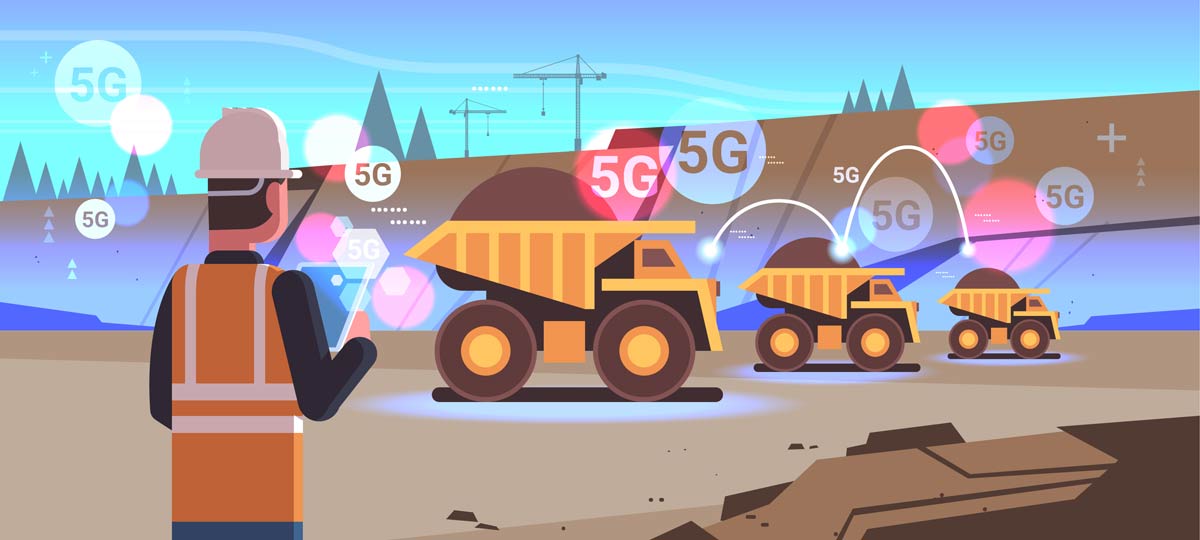
4G Mining and Quarry Devices Now on the 5G Fast Track
As the mining industry geared up for digital transformation over the recent past it seemed for a time that the digital trains might be raring to go but the 3G and 4G “railroads” left something to be desired. While a Zoom meeting crash in the middle of a remote job interview can be frustrating for the Human Resources department, an autonomous hauler crash is unacceptable for the operations department.
Still, mining operations engineers and Internet of Things developers could safely anticipate the inevitable 5G rollout that would eventually resolve the obstacles of latency and operational safety and reliability. With latency down to the millisecond, cloud-based operator class private networks and realtime remote 5G control and automation is a reality.
What kind of reality that is, depends on how many IoT devices are deployed, and the data-handling capacity of the cloud-based 5G network. So far the options include “virtual reality”, “augmented reality” and “mixed reality”.
Here at Resource Erectors, we like to keep it real. So let’s take a common problem in hard rock mines and aggregate quarries worldwide and talk about those troublesome loader bucket teeth and how an updated automated system for monitoring excavators with machine vision may have “cut its teeth” with 4G but takes the crown with 5G.
Karelsky Okatysh Launches Digital Solutions For Excavators in Quarries
When non-crushed objects make their way from the quarry to the crushing and processing plant, especially lost metal crowns from excavator bucket teeth, they become an all-too-common cause of downline equipment breakdowns and workforce accidents. While mobile tech engineers were perfecting 5G over the last 2 years, the smart mining specialists at Karelsky Okatysh, a Severstal Karleian pellet quarry, were already busy developing a pilot excavator enhanced by machine vision.
A boom-mounted camera provides information to the excavator’s onboard computer. When breakage or loss of bucket teeth occurs a signal is sent to the operator who can then pause the work. Even better;
“The system also evaluates the degree of tooth wear and, when a critical value is reached, sends a notification to the excavator driver and dispatcher. All data is transmitted in real time to the monitor in the cockpit, to the server and by a message to the phones of the system users.”
That’s all great but remember that we’re talking here about a single excavator, with human responses required. Not to mention an onboard computer that needs to endure the jolting and jostling of a heavy-duty excavator.
With 5G, and digital twinning capability that can handle up to a million IoT inputs per .38 square miles, the Karelsky Okatysh team intends to exploit 5G technology to the fullest. Their immediate plans include using digital non-crushed object monitoring and automation across the operations board including:
- Equipping all excavators in their fleet with wireless machine vision.
- Increasing productivity and reducing downtime on front loaders.
- Controlling the destructive intrusions of non-crushed objects onto the conveyor belt.
- Monitoring of oversized ore in the coarse crushing building.
- Unifying computer vision technology for use at other Severstal sites.
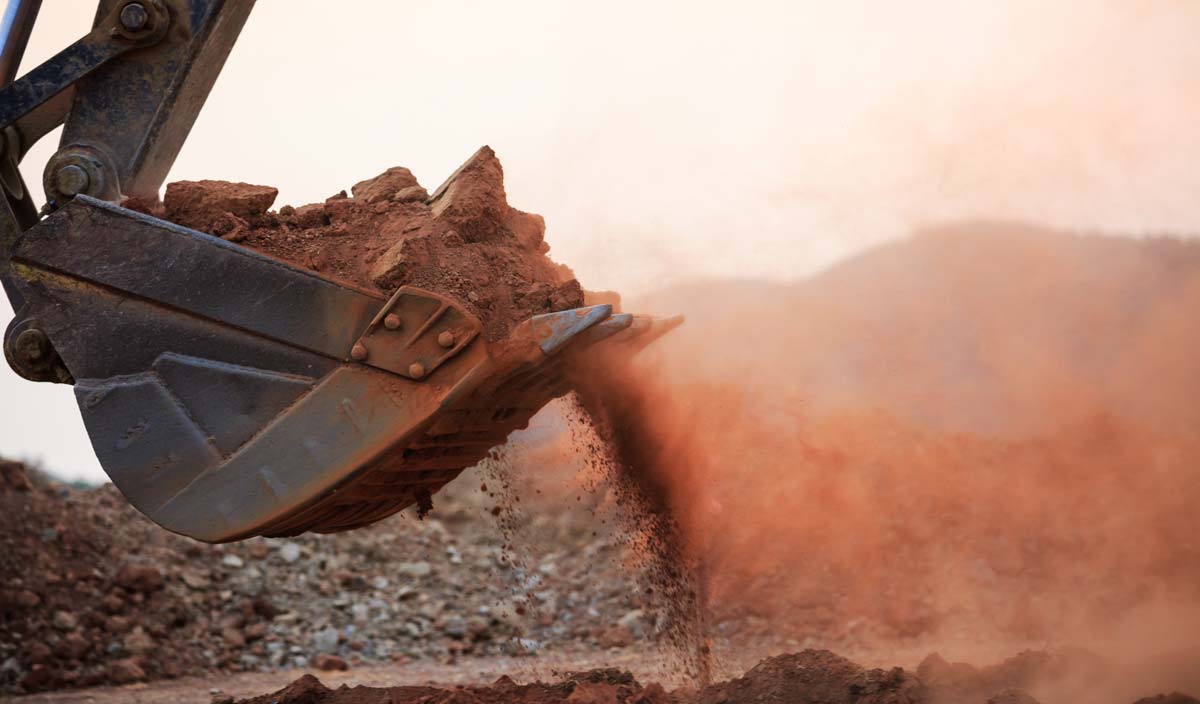
While these IoT devices and applications have already been conceived, developed, and tested by forward-thinking engineers under 4G, the data-handling limitations were obvious. To complete the transition from “virtual reality” to “augmented reality” or the “mixed reality” that can put expert eyes on remote operations and enable control from anywhere in the world in real time, engineers had to wait for Fifth Generation Mobile Technology, fondly known as 5G.
“Synchronizing the real world and the actions of a user with a digital environment requires a massive amount of computer-processing power and bandwidth. If that was all done on the AR/VR device itself, equipment would be too bulky to be practical. This, coupled with the lag in connectivity as experienced with previous generations of mobile networks, has prevented mass adoption of mixed reality in the past.”- Ways that 5G enables digital twinning & augmented/virtual reality to industry- Thomas Norén, head of dedicated networks with Ericsson
But 4G was then and 5G is now. Perhaps Alexander Romanov, director of Dedicated Networks for Ericsson’s Russia division, summed up the mining industry’s long-awaited digital transformation best when he told Mining Magazine;
“The mining sector is transforming into a high-tech industry that uses innovative solutions to improve efficiency. Automated mine concept and mine dispatching solutions require advanced infrastructure for the most demanding scenarios, with high-quality data security and efficient energy consumption.”
About Resource Erectors
While a wayward bucket tooth wreaking havoc on processing equipment might be the operation manager’s nightmare, bad hires and the high cost of vacancies in essential positions can wreak just as much havoc on your heavy industry organization. Resource Erectors brings decades of specialized heavy industry recruiting and placement experience to the human resources table to prevent those workforce nightmares and build your dream teams in engineering, civil construction, tunneling, mining, construction materials, aggregates, the concrete industry and more.
If you’re a top professional with the experience to make a strategic move up the career ladder, Resource Erectors has longstanding connections with the industry-leading companies who need your talents, so don’t hesitate to contact us today so we can all get to work.
